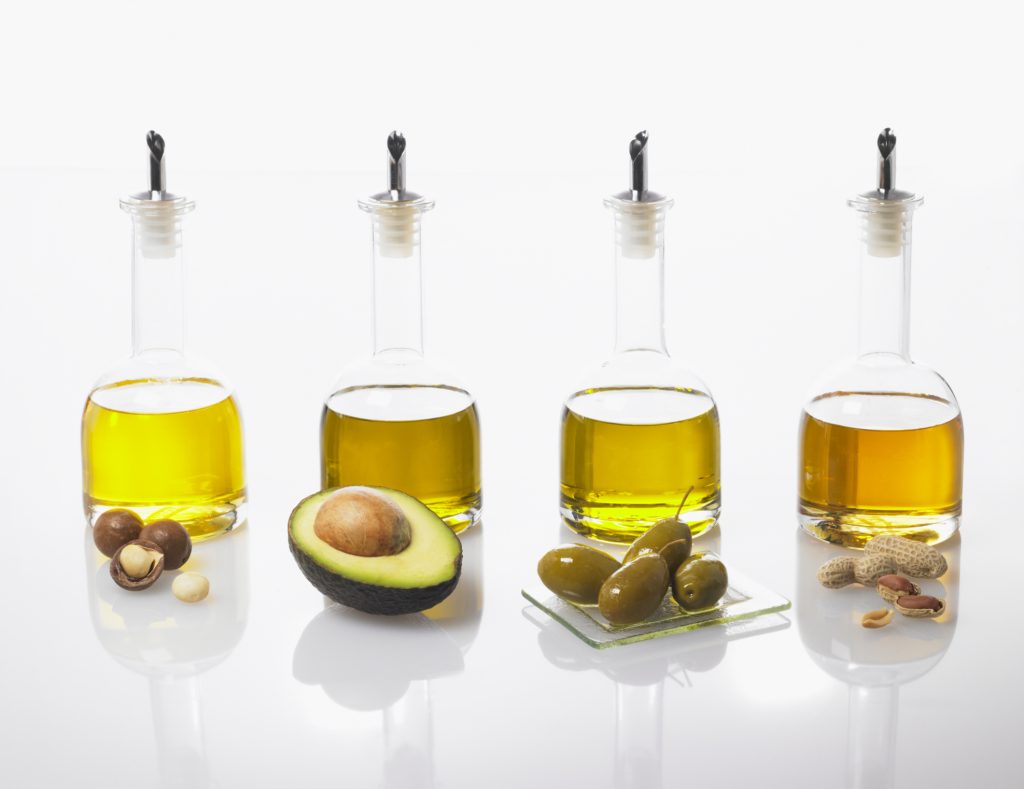Palm oil is extracted through the process of cold pressing of seeds of African oil palm. The product shouldn’t be refined as it would lose all fatty ingredients and vitamins. Natural oil is yellow and brown whereas the refined one is a yellow or white solid. Kept in the fridge, it gets coagulated whereas stored at room temperature, it turns into a liquid.
 Palm oil is famous for its amazing properties. It is designed for dry scalp and damaged hair care. It shouldn’t be used by those who struggle with seborrheic dermatitis of the scalp because sebum secretion could increase during the treatment. How does palm oil influence the condition of your hair? Firstly, it strongly moisturizes and regenerates. It has smoothing, softening and nourishing properties. The oil rebuilds split ends, prevents further damage of the strands and strengthens hair bulbs. It moisturizes the scalp, helps to fight dry dandruff and other conditions of the scalp. It helps to brush the strands and style hair. Also, it protects hair from damaging substances of the external environment, including UV radiation, salty or chlorinated water, chemical or mechanical damages, impurities.
Palm oil is famous for its amazing properties. It is designed for dry scalp and damaged hair care. It shouldn’t be used by those who struggle with seborrheic dermatitis of the scalp because sebum secretion could increase during the treatment. How does palm oil influence the condition of your hair? Firstly, it strongly moisturizes and regenerates. It has smoothing, softening and nourishing properties. The oil rebuilds split ends, prevents further damage of the strands and strengthens hair bulbs. It moisturizes the scalp, helps to fight dry dandruff and other conditions of the scalp. It helps to brush the strands and style hair. Also, it protects hair from damaging substances of the external environment, including UV radiation, salty or chlorinated water, chemical or mechanical damages, impurities.
There’s nothing easier than using palm oil
We only have to choose the application method that will suit us best. Palm oil can be applied to dry and wet hair. We have to make sure our head is clean and hair is free from excess sebum, dust and dirt which built up during the day. Before the application, heat the oil up so that it turns into a liquid. Apply a small amount of the oil to the entire length of hair; a bit more can be rubbed into the ends. Avoid applying the oil directly to the scalp – it could result in weighed down hair, intensified sebum secretion or dandruff.
What else should you know about palm oil?
Store it in a proper way if you want the oil to keep its properties and ingredients longer. Protect the product from the light and moisture; always keep it in a tightly closed container. Besides, palm oil can be added to other beauty products.




